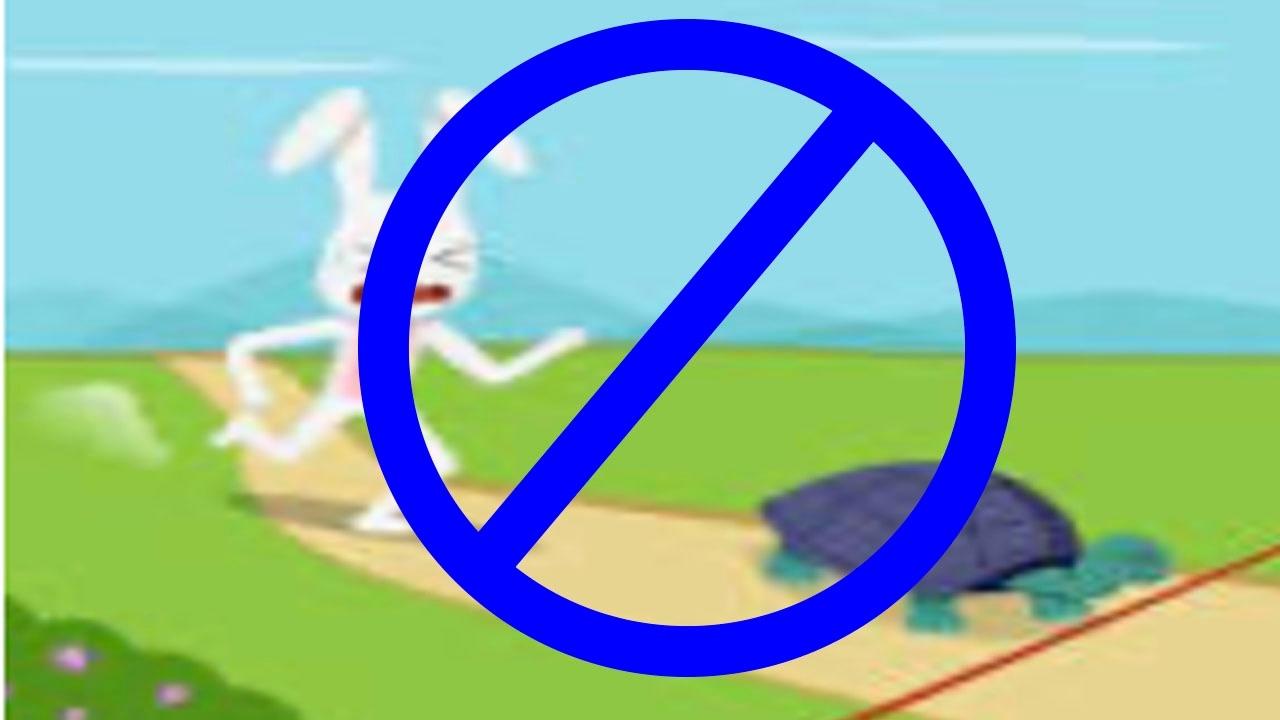IP SAVVYS Blog - select posts by role/title or by category
You know you're in the IP Zone as a team when...

You're in the IP Zone when all involved in forming the final invention disclosure understand the requirements for MPEP compliant filings. You’re in the IP Zone when the lead inventors are engaged in approving the final claims in the patent draft for the preferred embodiment, not just patent counsel. TSM’s universal language and guiding principles are your pathway to get everyone on the same page with these critical points of understanding.
When everyone on the team learns and applies the IP SAVVYS/TSM playbook for drafting airtight utility patents, you’re final application will have properly scoped claims aligned with an unambiguous specification…and the specification will be de-risked from fatal office action rejections. It will be definite, not ambiguous, and it will capture the essence of your "ah-ha" inventive step in the first claim.
Getting there is informed by a critical understanding of each team members patenting role and their respective goals and objectives. These can so...
De-risking patents from FOARs/Get SCA & make them AIRTIGHT

This series of blog posts seeks to set the record straight on the goal of getting Utility Patents to publish with SCA (Sustainable Competitive Advantage).
In our definition, a patent that publishes with a CLEAN FILE-WRAPPER (no FATAL flaw do-over's) and with CLAIMS that broadly scope the PREFERRED-EMBODIMENT (P-E), will turn out to be patents with SCA.
Why? First, their chain of ownership will be identified with a published patent that has the right look and feel. Second, when ANYONE looks at the File Wrapper ( a public document from the Patent Office), they won't surface any chinks in the armor out of the "starting block". Thirdly, when they look at the object of their invention and what THEY want to go to market with, it will READ on the primary claims in the published patent ( and give them a moment of pause), and in this pause THEY WILL RECONSIDER whether to attempt to file a post publication action in an attempt to invalidate your patent.
Good enough. The simple IP model for Ut...
Impact of AIA: First-To-File (FTF)

Impact of America Invents Act
When the RABBIT can win the race.
An inventor’s point of view: Schwartz unwinds and simplifies the understanding of AIA and what to do about it.
David C. Schwartz VP Intellectual Property, Eservgo/ Author IP-BC
FIRST, let's look at the key Dates when AIA provisions were enforced:
Sept 16,2011
Leahy-Smith America Invents Act (AIA)/Patent Reform Act of 2011
Sept 16, 2012
Inter Partes Review(IPR) replaces Inter Partes Re-examination(PRE)
Post Grant Review (PGR) go into effect for patents filed after March 16, 2013
March 16, 2013
First-To-File (F-T-T) goes into effect
What/Why AIA:
Ostensibly, the purpose of AIA was to modernize America’s patent laws, and mostly harmonize US patent law with the rest of the world. Specifically, it orders the shift from our long standing First-To-Inent (F-T-I) system to an F-T-F system.
This BLOG Post: It’s important to understand the nuances of AIA and the transitional components it implements, b...
AIA IPR procedure under attack from Tech Giants: Implications

Why does the current lawsuit by Intel, Apple Cisco and Google to enable the use of IPR during a pre-trial licensing hearing, or during the trial itself put even greater pressure on potential patent holders and licensors?
Look, "TROLLS" are frowned on as caustically as blackmailers...agents that aggregate patents with published claims which are allegedly being practiced by companies with "deep pockets" for royalty fees...while not making anything themselves. They are seen as an undesirable impediment to commercialization of worthwhile innovation.
By way of background, IPR was structured to allow "forced licensees" of questionably issued patents to ask for a panel review AFTER a patent was published. The question of validity BEFORE a patent published, used to only be possible as an "interference", petitioned for externally or initiated internally. Other much more expensive procedures were available to opposers of published patents, but they were much more difficult to mount.
The new P...
2020 Post AIA Lawsuit...when can IPR be invoked-SCA implications

Why does the current lawsuit by Intel, Apple Cisco and Google to enable the use of IPR during a pre-trial licensing hearing, or during the trial itself make the case even greater for getting utility patents with SCA?
First, consider the defendant and plaintiffs goals. The USPTO as defendant has a rule under AIA that allows IPR's to be invoked after a patent is published. The purpose of this was to assist an overloaded patent office in weeding out invalid patents, augmenting the prior means for this which was called an interference proceeding. In principle, the idea of an IPR was painful to patent holders, independent inventors, and licensors in so far as their right to what might have otherwise been a claim in a published patent could be terminated by forces outside of the patent office after publishing...tantamount to having the "rug pulled out from under them".
The USPTO did propose a refinement on IPR's that would prevent them from being used if a case was going to trial, had a p...

